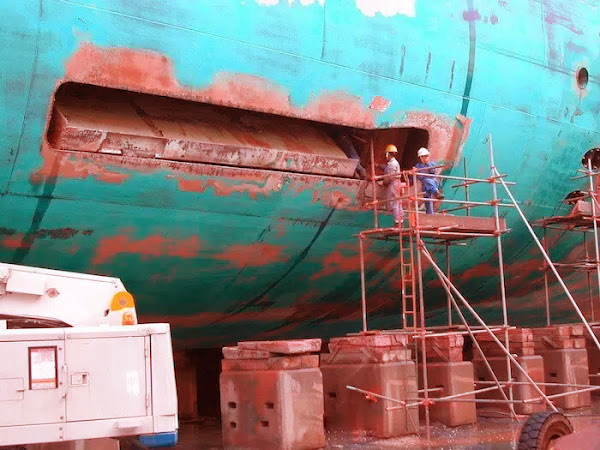#65 EVOLUTION OF SHIP PROPULSION SYSTEM PART - II
Mechanized power In the second half of the 20th century, rising fuel costs led to the demise of the steam turbine. In fact, since 1960, most of the new ships were built with diesel engines, which was a revolution. In fact, most modern ships use a piston diesel engine as their prime mover due to their ease of operation, reliability, and fuel economy compared to most other prime mover mechanisms. Alternative fuel engines Shipping companies are currently required to comply with IMO decarbonization regulations. To achieve compliance, many operators choose to use alternative fuels as their engine. One of these fuels is LNG. LNG The first LNG vessel dates back to 1959, when Methane Pioneer shipped cargo from Louisiana to the UK.Today, an LNG marine engine can have multiple fuel options, allowing ships to navigate without relying on a single fuel. In fact, research has shown that LNG can be an efficient transition fuel. However, limited access to LNG filling stations could a
